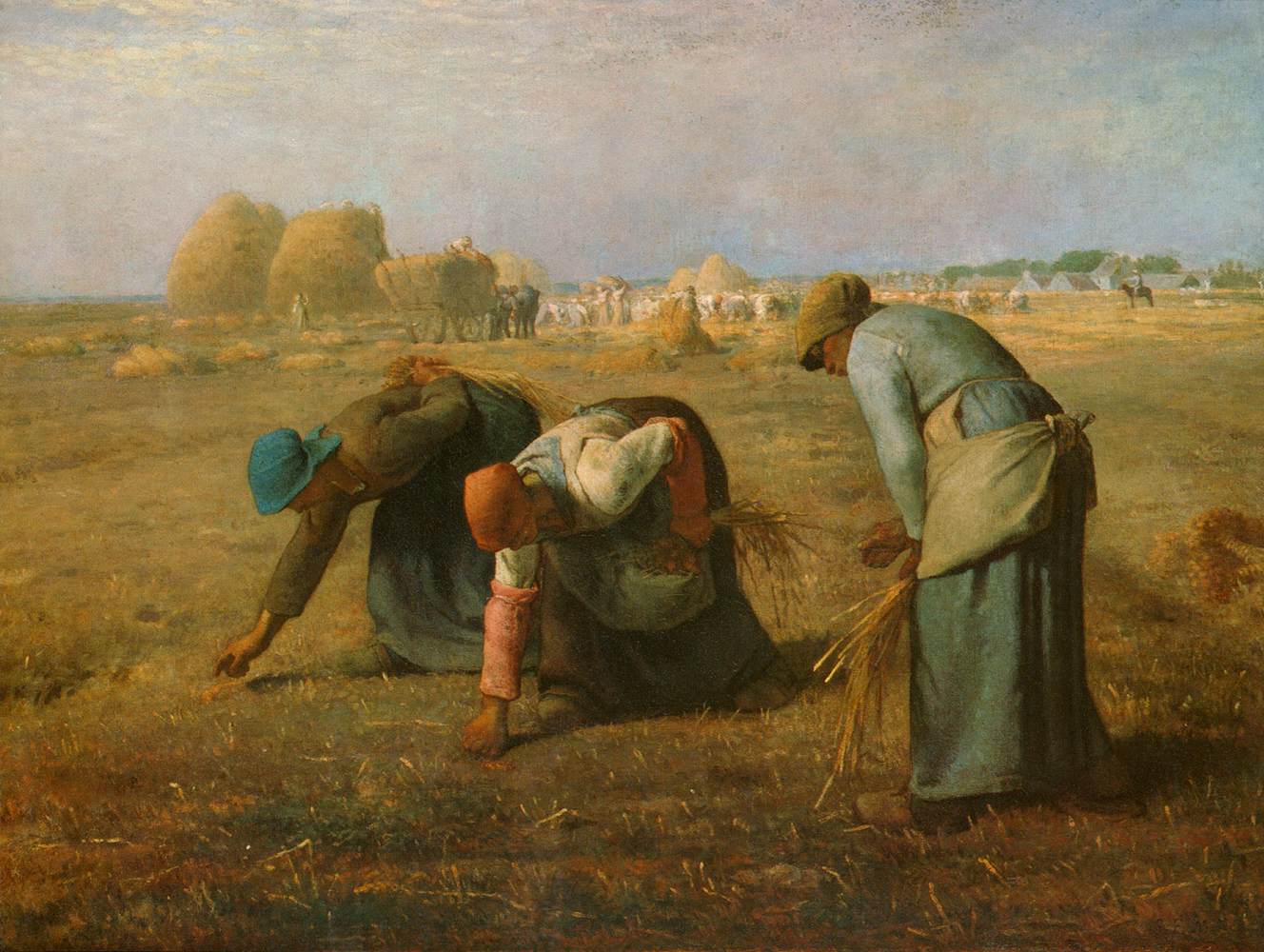
Our species long lived on the edge of starvation. Now we produce enough food for all 7 billion of us to eat nearly 3,000 calories every day. This is such an astonishing thing in the history of life as to verge on the miraculous. The Big Ratchet is the story of how it happened…
[opening text from the book launch for “The Big Ratchet”]
In 10,000 years—a blink of an eye in terms of Earth’s history—humans went from hunter-gatherers, competing with other species for food and habitat, to being the dominant species on the planet. Dr. Ruth Defries came to Columbia University to tell the story of how.
In her new book, “The Big Ratchet,” Defries uses food to illustrate how humanity has flourished and how manipulation and augmentation of the food supply has facilitated explosive population growth.
Defries, a MacArthur Genius Fellow and Columbia University professor, spent two decades looking at satellite imagery from around the globe to gauge human impact. Domination, she told the packed audience, was obvious. As an example, she said, a full half of the land surface on Earth is devoted to food production for humans, either as crops or livestock.
Defries tells the story in terms of hatchets, pivots, and ratchets. Hatchets are problems that limit food production; pivots are solutions to the hatchets, which then ratchet up production allowing population to grow. One example of this is agriculture deteriorating soil fertility. People then realized that human waste could act as a fertilizer and recycle nutrients, allowing populations to grow once agricultural activity stabilized.
Human waste was replaced for a period with bird guano, then bison bones, until German chemist, Fritz Haber, developed a method, known as the Haber-Bosch process, to convert nitrogen from the air into ammonia that could be used as a fertilizer. The process is different, but the pattern is the same. Each time a problem arose, human ingenuity found a solution, allowing production and population to ratchet up once again. [Norman Borlaug saw the world through the next crisis, in the latter part of the 20th century, by sparking the Green Revolution in agricultural research.]
“We are now at the crest of this big ratchet.” With these words, Defries concluded the historical section of her talk. In addition to the Haber-Bosch process, we also use irrigation, pesticides, and the genetic modification of crops, amongst other methods. All pivots have collided to support the global dominance of humans.
There are two arguments for what the implications of this domination are: impending global catastrophe from climate change and pollution, or proof that human ingenuity will meet all problems it faces.
Defries argues for an, admittedly optimistic, middle ground. She recognizes that the expansion of human population and the food supply that spurred it have serious consequences for the environment and the humans that inhabit it. However, her study of human history is enough to convince her that we possess enough ingenuity to overcome serious problems.
During the question and answer period, a participant posed a question asking whether we will have to await a crisis to spur our action, or if increased knowledge and technology can allow us to anticipate problems. “Unfortunately,” she replied, “the pattern has been that solutions follow crises.” Let’s hope that the next pivot and ratchet up don’t lag too far behind the hatchet that brings them about.
Read more about how we can get ahead of the crisis in National Geographic, in a new article titled “Here’s Why We Haven’t Quite Figured Out How to Feed Billions More People.“